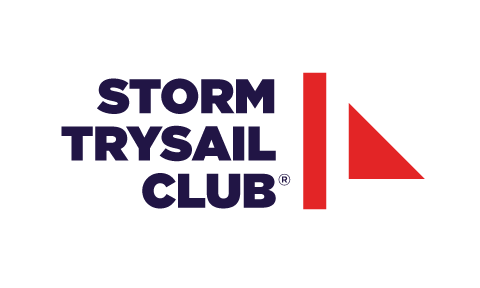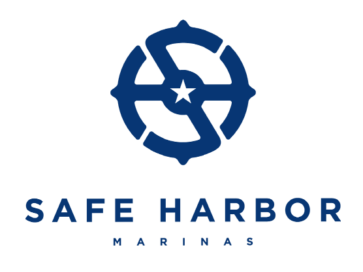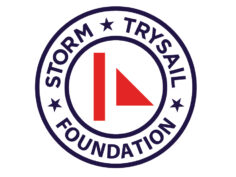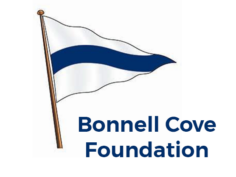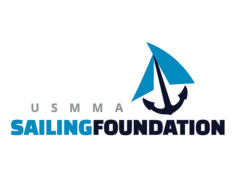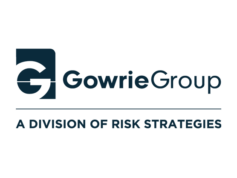The Concept
Preparation and anticipation, thinking ahead, and applying experience are essential components of Leadership. Being ready prior to going to sea, flying an airplane, or going into the mountains is essential to success and safety. Do you have the right people with the right mix of skills and experience? Do you have the right equipment, and do you know how and when to use it? Have you made a plan and discussed it with your group? Have you taken their input? Have you done your research, and anticipated all possible situations and environments that may be encountered? Involving the crew in the preparation can be important to team unity and preparedness.
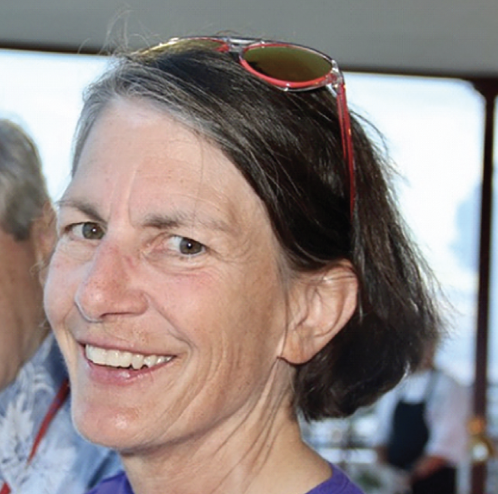
The Findings
“Preparation and anticipation are key to Leadership. A prepared crew, proper gear, and forethought by all concerning the passage being undertaken covers the gamut of all the topics discussed in OSLS. Thorough preparation and constant anticipation by all aboard make the passage safer, easier, and more fun.” – Sheila McCurdy
Key Best Practices
- The Skipper/Owner is ultimately responsible for preparation and organization.
- Preparation is the most effective path to maintaining confidence in an emergency.
- Pre-departure – Pay careful attention to crew selection.
- Pre-departure – Assess concerns for particular race or passage.
- Pre-departure – Assign and communicate specific preparations/functional responsibilities for crew members.
- Pre-departure – Create and post a “Station Bill” to establish and communicate chain of command (line of authority) and specific responsibilities.
- Pre-departure – Confirm that the boat and crew are ready.
- Underway – Develop and use written shared protocols.
- Underway – Encourage crew members to train for new skills, tasks, positions, and roles.
- Underway – Routinely use “what-if” exercises.
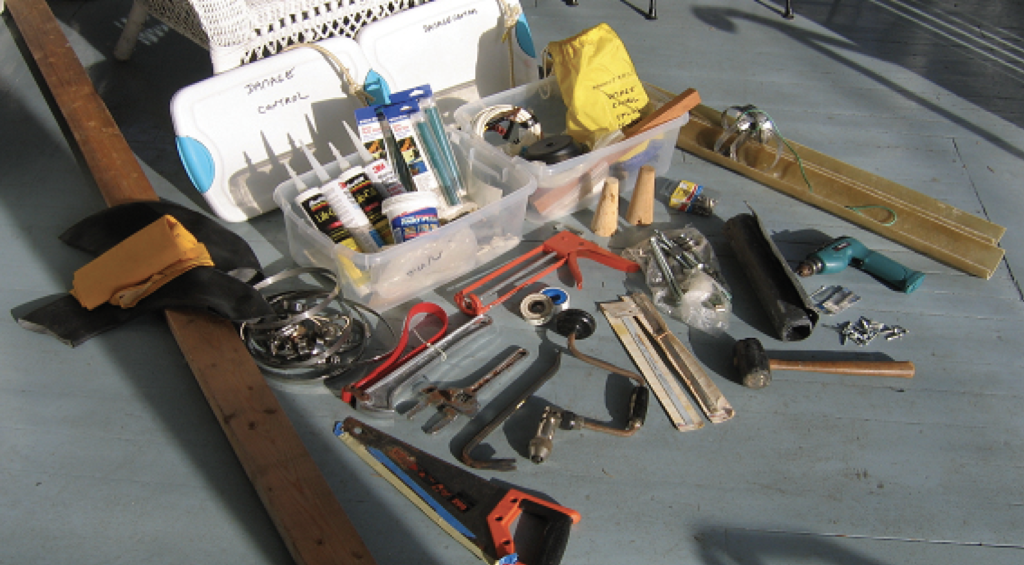
“Preparation includes organizing a complete damage control kit, training several crew to use all equipment, posting an emergency diagram (identifying all through hulls, fire extinguishers, safety gear, ditch kit), and an “Abandon Ship Bill.”
Things to Avoid
- Bad communications: Lack of clarity, too bossy, or weak.
- Uneven responsibility and too little or too much control.
- Leaving everything to the last minute.
- Not involving the crew.
Recommended changes to improve Safety-at-Sea training and education
- Use scenarios, role playing, and lessons learned in SAS training.
- Use storytelling in SAS training to illustrate good and bad preparation and outcomes
Panel Watch Bill (Group Members)
- Sheila McCurdy - Facilitator, STC, NYYC, CCA
- Justin Bauer - Scribe, STC
- Peter Fackler - STC
- Eric Kreuter - STC, Riverside YC
- Michael Moradzadeh – CCA, Pacific Cup Staff Commodore
- Bill Pinckney - Former Capt. Amistad
- Stephen Polk - Mariner and Trainer
- Ken Read - STC, NYYC
- Kelly Robinson - STC
- Rose Witte - Former. Capt. Amistad
- Patti Young - STC, NYYC
Breakout Session Outputs:
